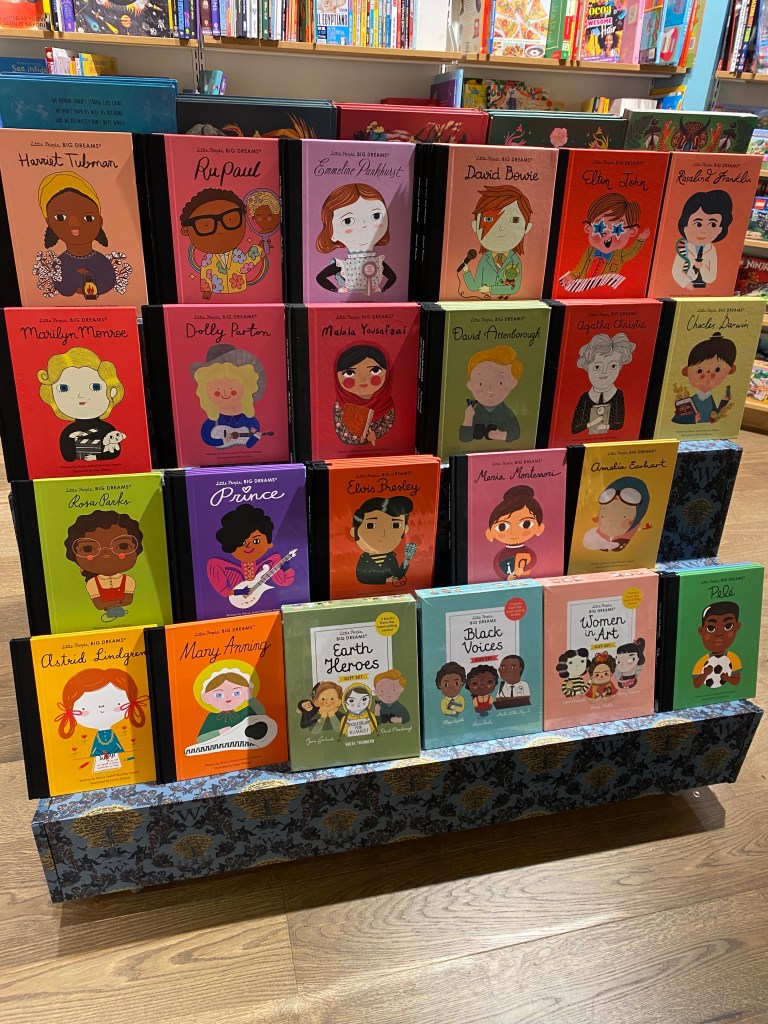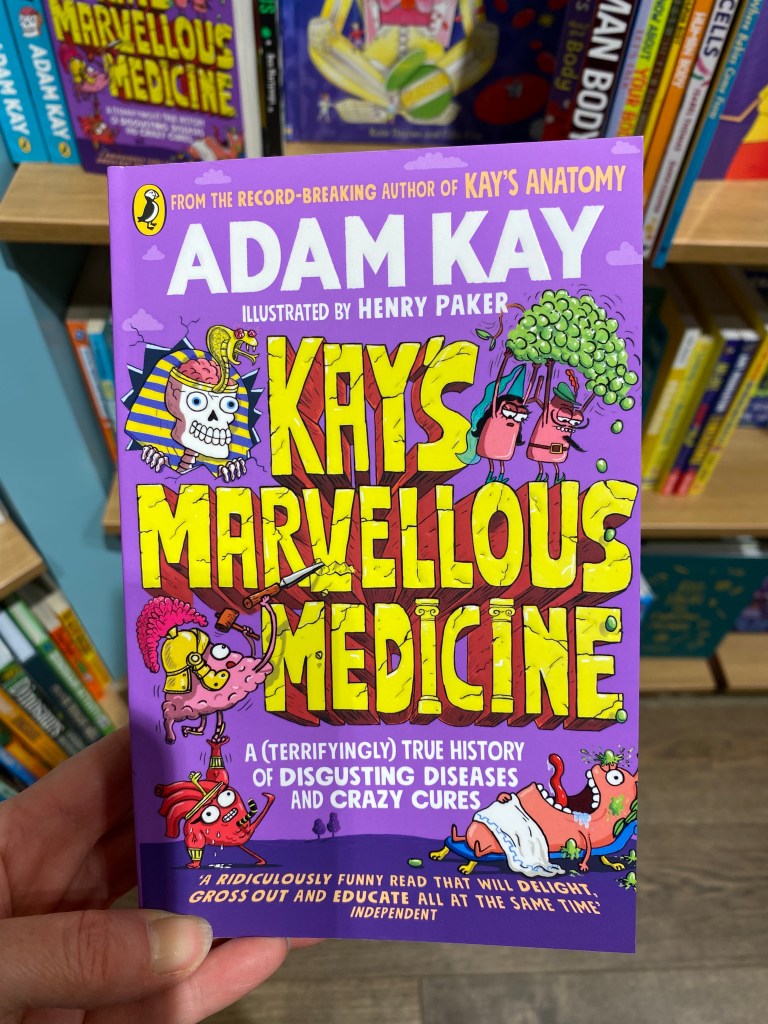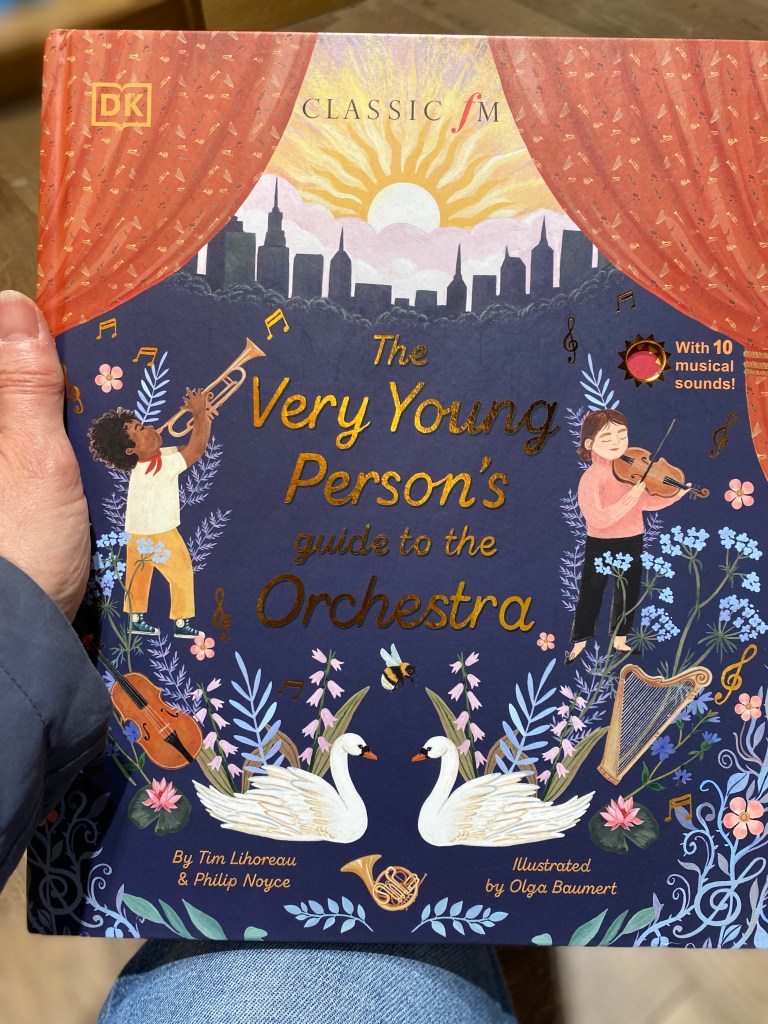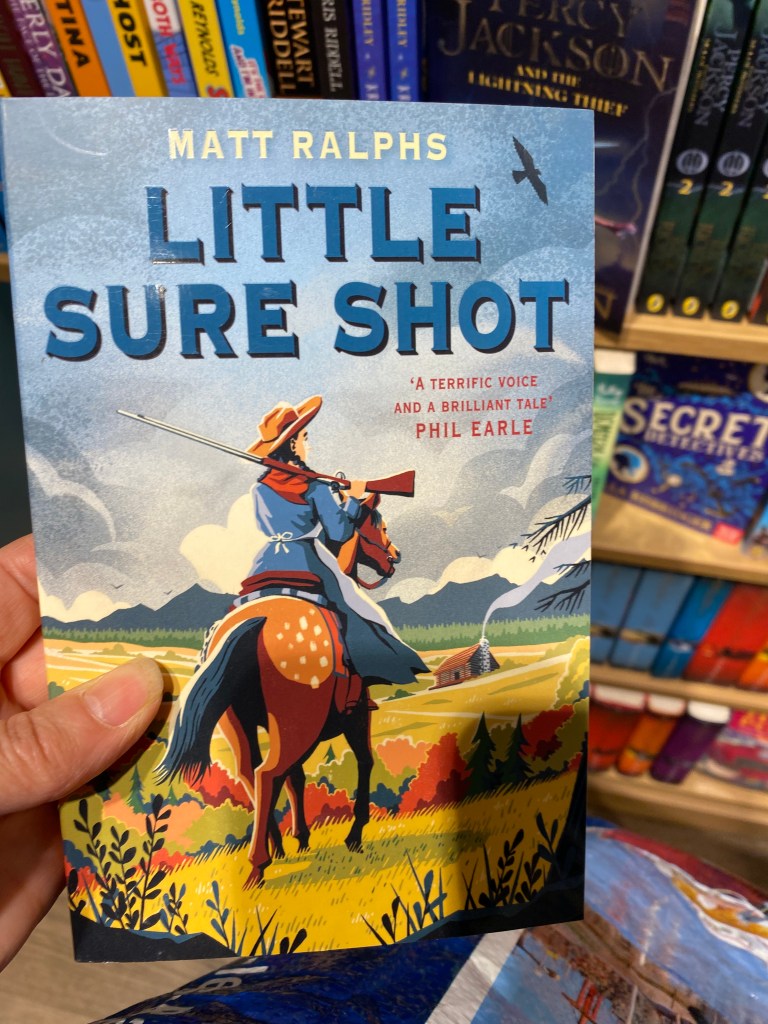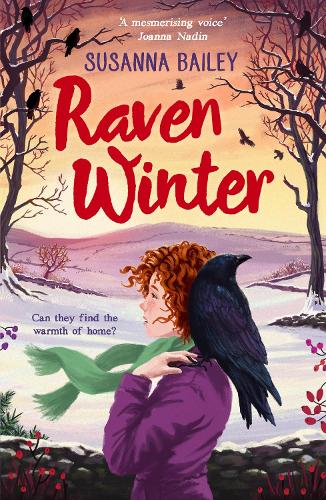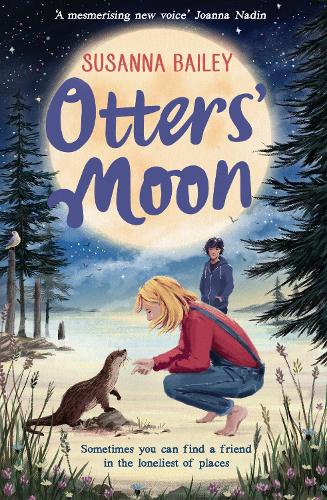Going on holiday can play havoc with your writing goals so my July #KeepKidsReading week has turned into a #KeepKidsReading fortnight, my second book review being a full ten days after the first! So I am writing this from a very sunny south-west France where I am holidaying with my family. We escaped the heatwave in the UK last weekend, but exchanged it for very high temperatures in Paris, where nobody seemed particularly bothered. We spent a lot of time doing indoor things like enjoying the shops and visiting museums. It is very hot here in the Gironde today so I have chosen to stay inside for a couple of hours, fair-skinned English woman that I am. Thankfully the terrible fires that afflicted this part of France (and indeed Spain and Portugal) seem to be largely under control, or extinguished, and although it is hot here today, the termperature is set to drop to the (still very hot in my opinion) mid-twenties from tomorrow.
Preparations for my trip meant that I did not manage to write my review of Ross Welford’s latest book for children. Published earlier this year, it is his seventh and he has quickly become one of the leading authors for children in the 8-12 age group. I read his his first novel, Time Travelling with a Hamster (published in 2016), with a primary school book club I was running at the time and all the kids loved it. It was the first book we read in the club and I’m afraid they found every subsequent book a disappointment! I read Welford’s next two books, What Not To Do If You Turn Invisible and The 1,000 Year Old Boy, and loved those too, but he has written a further three books in the meantime that I have not yet caught up on. So, his latest novel felt like a good opportunity to dive back into Welford’s world.
Welford’s world is one that is familiar to me, the north east of England, the coastal area to the east of Newcastle upon Tyne, Whitley Bay, to be precise. Welford sets his books in the fictional area of Culvercot, equivalent to Cullercoats. I lived some happy years in Tynemouth, the next town along, and so I know the area well. I also love the fact that Welford’s character are really ordinary kids – they are not super clever with perfect lives. In Into the Sideways World, the narrator and main character Willa, who is twelve, has wonky teeth, is teased at school, her parents are stressed by their business problems and bicker constantly, and she is generally unexceptional. Wonderful! Kids can see themselves in this character without feeling they are somehow wanting.
Willa’s parents run a holiday camp in Whitley Bay that was set up by Willa’s grandfather, but which is now in decline. One of Willa’s closest confidantes is Maudie, on-site general handywoman and ageing hippy with a passion for learning and for chocolate. Maudie has worked on the site since it was opened and her main claim to fame is that she met briefly President John F Kennedy before he was assassinated and told him about her vision of a World Without War. The novel is set some time in the 2030s. Maudie’s vision seems even more poignant given that there is the threat of a third world war looming. References are made to “the great pandemic” that killed thousands, including Willa’s grandfather, and climate change is wreaking ever greater havoc.
Willa’s life seems mostly pretty dull and occasionally difficult, with more than a little sadness, until she meets Manny Weaver, a new boy at school who has spent his short life to date moving from one foster home to another. Manny is bolder and more confident than Willa and while he is not exactly delinquent he is more willing to push boundaries. When he learns about the Whitley Bay cog, a mysterious and shy sea creature, having been spotted in a cave on the beach at Culvercot, he encourages Willa to go searching for it with him.
Once inside the cave, Manny and Willa, experience a violent meteorological event and when they emerge, they do so into a very different world. The date is the same (this is not quite time travel), but it is most definitely a parallel universe where everything is different, where President Kennedy survived the assassination attempt and, influenced by the great and distinguished Lady Maud Fry, led the world to make different choices. In this new “sideways world” the worst effects of climate change have been averted, science has devoted itself to finding alternatives to fossil fuels and meat consumption, world leaders choose dialogue over conflict, and everyone is happy.
Once they have arrived in the sideways world, Willa goes “home” and finds the environment very different: firstly, she is now Mina, not Willa, she no longer has an older sister, rather her older brother Alex, who in her own world died as a baby from cardiac abnormality, has survived. Her parents are (embarrassingly!) still very much in love, their business is successful, and there was no pandemic so her grandfather is still alive. Cars as we know them have gone, rather there are strange floating scooters that run on some advanced hydrogen/solar technology. It is a utopian vision. Crucially, Manny’s longed-for mother, who in their own world disappeared for many years and has been tracked down to a psychiatric facility in Scotland, is getting well and they are about to be reunited.
Manny and Willa do not know what to make of the new world. It turns out that Manny is one of a very small number of people with a hypersensitivity to the moon and tides and who can switch between these different worlds at certain times. At the time of the novel, the moon, a Supermoon, is closer to the earth than it has been for decades or will be again for many years, which enables Manny to take advantage of the conditions to transport himself, and Willa, to an alternative reality.
The rest of the novel follows the two children as they try to make sense of what has happened to them. They make a couple of journeys back and forth and it becomes clear that, although the sideways world is, in countless ways, better and happier than her own world, Willa comes to the conclusion that the world she knows is where she belongs. She also realises that she has switched places with her doppelganger, Mina, who will be finding the old world extremely challenging compared to what she has been used to. For Manny, the decision is less clearcut – the old world has nothing to offer him, but he has a life with his mother to gain in the sideways world.
Thematically, the book is similar to the other Welford novels I have read, although I love the way he has incorporated climate change and the pandemic into this one. At this difficult stage in history, I also love the way he is showing children that things can be better, change is possible, they can be hopeful of a better world in the future, and the power will soon be in their hands to make it so. Welford achieves this without being preachy though, because he wraps it in yet another brilliant story with great characters, adventure, action, a chase (of course!) and all the little references that will draw children in, the social media and technology references, sibling rivalries and relationships with parents.
Highly recommended, brilliant summer reading for kids, and for me too!






